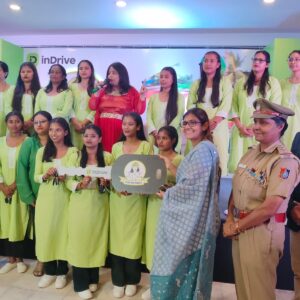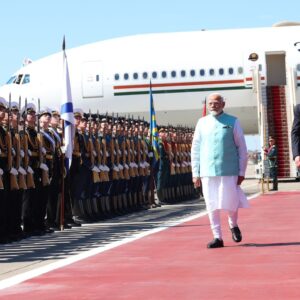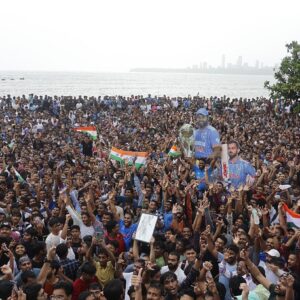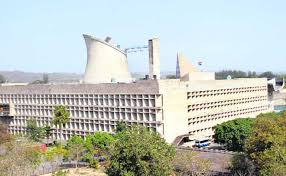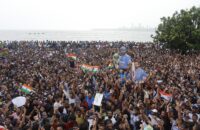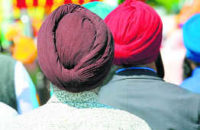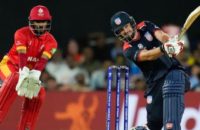Sriharikota (AP)
India today successfully launched its second moon mission Chandrayaan-2 from its most powerful rocket with a plan to land the rover on September 7 in the unexplored lunar south pole, exactly a week after the liftoff was aborted due to a technical snag.
Carrying a “billion dreams” in a giant leap for the country’s ambitious low-cost space programme, the most complex and prestigious mission ever undertaken by the Indian Space Research Organisation (ISRO), if successful, will make India the fourth country after Russia, the US and China to pull off a soft landing on the Moon.
ISRO Chairman K Sivan announced the success of the mission shortly after the geosynchronous satellite launch vehicle GSLV-MkIII-M1 lifted off from the second launchpad at Sriharikota at 2.43 pm and successfully placed the 3,850-kg spacecraft into Earth’s orbit 16 minutes later.The unmanned mission also brought woman power to the fore as it was helmed by two woman ISRO scientists Ritu Karidhal and M Vanitha, mission and project directors, respectively. Joined by President Ram Nath Kovind and leaders across the political spectrum, Prime Minister Narendra Modi congratulated the scientists and said every Indian is immensely proud today.The ISRO is aiming for a soft-landing of the lander in the south pole region of the moon where no country has gone so far.
Fact file
Rocket: GSLV-MkIII-M1aka ‘Baahubali’
Launch time:2.43 pm
Put into orbit in 16.14 min
Payload13
Mission objective
- Develop and demonstrate key technologies for end-to-end lunar mission capability, including soft-landing and roving on lunar surface
- Expand knowledge about Moon through study of its topography, mineralogy, surface chemical composition, thermo-physical characteristics and atmosphere
- NASA’s laser retroreflector array (LRA), part of payload, will help understand dynamics of Moon system and derive clues on lunar interior
2nd Moon mission
Mission comes 11 years after ISRO’s Chandrayaan-1 that scripted history by making 3,400 orbits around Moon and was operational for 312 days till August 29, 2009
Sun next
ISRO plans to launch solar mission ‘Aditya-L1’ in 2020 to study Sun’s corona, the outer layers extending to thousands of kilometres
Cost: Rs 978crore
Chandrayaan-2
The 3,850-kg Chandrayaan-2 will revolve around Earth for 23 days. It will undergo a series of manoeuvres before soft-landing on Moon’s surface in 48 days. Three-component spacecraft comprises an orbiter, a lander & a rover
Orbiter
Will be placed into 100×100 km lunar polar orbit after 15 key manoeuvres over next one and half months. Can communicate with mission control, lander
2,379 kg Weight | 1,000 W Power | 1 yr Mission life
Lander ‘Vikram’
Will separate from orbiter and make soft-landing on the south pole of Moon on September 7. Can communicate with mission control, orbiter & rover
1,471 kg Weight | 650 W Power 1 lunar day*Mission life
Rover ‘Pragyan’
Six-wheeled robotic vehicle will set out on its job of collecting information on lunar surface. Can travel up to 500 m and communicate with lander
27 kg Weight | 50 W Power | 1 lunar day life
* 14 Earth days
A fully indigenous mission
Efforts such as Chandrayaan-2 will further encourage our bright youngsters towards science, top quality research and innovation. — Narendra Modi, Prime Minister
Back with flying colours
Today is a historic day for space science and technology in India. We bounced back with flying colours after the earlier technical snag. — K Sivan, ISRO chief




 Driving Naari Programme launched in Chandigarh
Driving Naari Programme launched in Chandigarh





